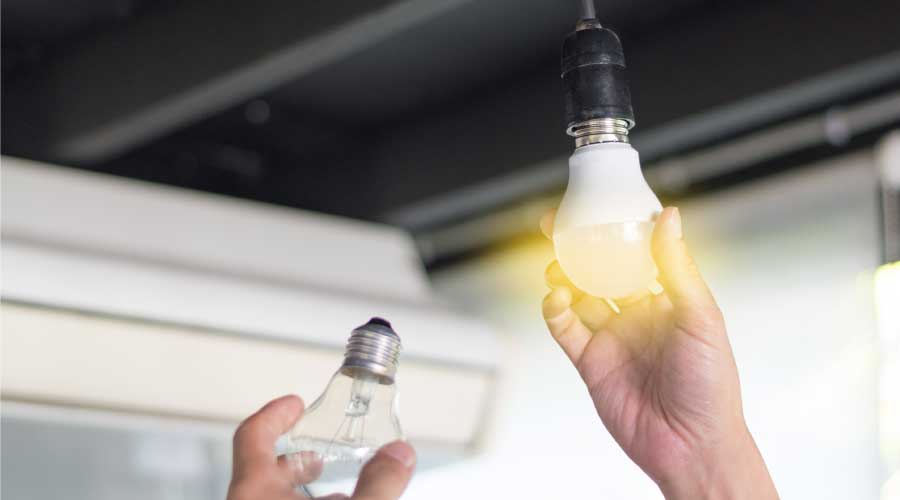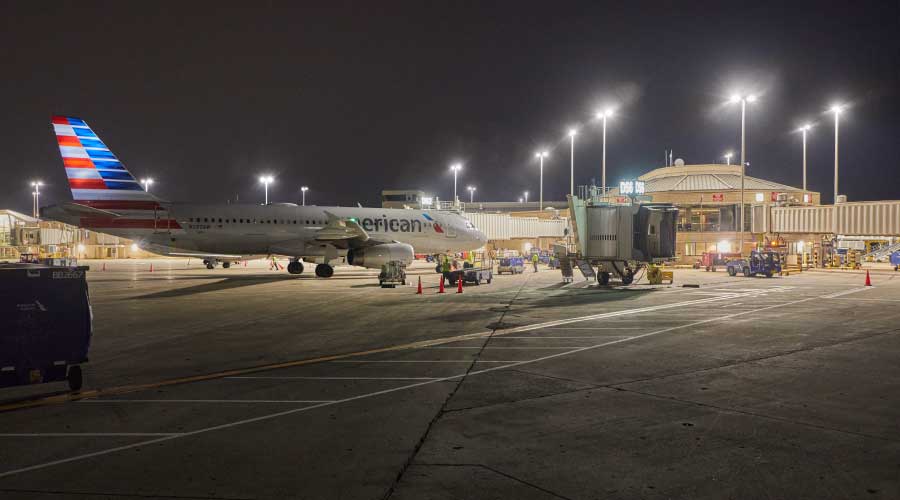Commissioning Advanced Lighting Controls Is Critical To Maximizing Their Benefits
Advanced lighting controls offer a number of benefits, but, like most building technologies, only offer the most benefits to those who focus on getting the most out of the system. Commissioning advanced lighting controls is crucial to maximizing their benefits.
Advanced systems handle input sources differently than the previous generation of controls. For example, until recently, you may have complied with code requirements by having certain zones of lights controlled by occupancy sensors, some by photosensors, others by local wallbox switches, etc. A state-of-the-art lighting control system uses all of these components (and more), but treats them as input to the system itself. These communicate with the system and do not directly drive individual lights or zones, irrespective of how (and to what) they are physically wired. Once they are in the system, they are then assigned to appropriate zones.
When you commission the system, you decide which components are used by which lighting zones — and when, and how. This doesn't have to remain static. For example, in a private perimeter office, you might program an occupancy sensor to be manual-on/auto-off during daytime hours, with a 20-minute delay for the occupancy sensor (to reduce nuisance switching), and let the photosensor dim the lights up or down in response to available daylight. You might hold off the lights if the photosensor senses adequate daylight, regardless of occupancy. After closing hours, you might program the exact same occupancy sensor to be auto-on/auto-off, with a five-minute delay to save more energy, and totally disregard the input from the photosensor. The system doesn't really care what you do. It treats things like occupancy sensors, photosensors, and switches as inputs to the system, not as analog devices that directly operate a given switch leg. This flexibility allows you to squeeze even more energy savings by making the lights behave in the most effective manner possible.
Commissioning Advanced Lighting Control Systems
Commissioning is essential for advanced lighting controls. It should be done during off-hours. The commissioning process involves several steps:
- Verification — There are testing procedures for individual components (such as on-board controllers for fixtures). Manufacturers build in these procedures so they can be checked during installation. Why? The installing contractor may not be the same as the commissioning agent. This way, faulty components can be replaced before the electrician closes up fixture housings, etc.
- Discovery of components — Which components are currently tied into the system? The system polls the network to see what's attached. If there are components that it doesn't discover, it's essential to solve that problem. For example, in a wireless system, maybe there's too much distance between the on-board controller and the wireless gateway. Maybe a "repeater" is needed.
- Zoning — How do you want to group lights in the facility? Sometimes, this can be set up in the system's software beforehand. That way, once you are ready to "discover" components, it's a simple matter of dragging and dropping them into their respective zones.
- Programming — How do you want the lights to operate? Just as with zoning, this can often be set up in advance. Most systems let you create "control profiles" which contain variables for things like occupancy sensor time delays, whether or not you use input from a photosensor, manual override timeouts, etc. Some systems also let you set up "schedules." You can establish typical schedules so the system knows which profile to use at what time. You should also be able to program "temporary" or "special events" (for example a holiday, or an initial 100-hour burn-in, or even for initial testing where you would want short time delays).
—Steven Mesh |
Related Topics:















